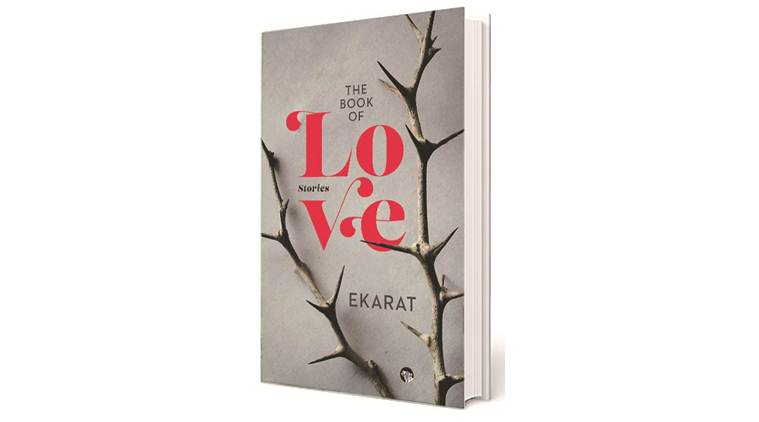
In Beyond the Boulevard
Aditi Sriram
Aleph
201 pages
Rs 399
In most tourists’ experience, Puducherry is as pretty as a picture postcard — and as flat as one, too. The typical tourist experience of the little coastal town, also a Union Territory, is limited to the brightly-painted, bougainvillea-shaded rues of the French Quarter. You stroll through the streets, have a Franco-Tamil meal at one of the delightful little restaurants, buy a chipped, faded objet d’art from one of the antique shops, and, finally, wind your way towards the beachside boulevard to watch the sun set.
In Beyond the Boulevard, Aditi Sriram offers a deeper look at this quaint little town — aspects of which, the average tourist might catch a glimpse of as she speeds down the narrow streets on a hired bike. This slim “biography” — part of a series of biographies of cities, including Mumbai and Patna — leads the reader by the hand through the various upheavals that this otherwise-sleepy town has been through in its long history. A passage early in the book, in which Sriram lists the various names that Puducherry has worn over the centuries, beautifully captures this: from a Tamil settlement in the first century CE that was referred to by the Romans as Poduke or Puduvai to Vedapuri in the 12th century to Puducheira (Portuguese, mid-16th century), Poelisjeri (Dutch, early 17th century), Podechery (Danes, mid-17th century), Pondicheri (French, 18th century).
Sriram uses the evolving and changing nomenclature to unpack everything that the city has been through its history and everything that it means to people today, whether they are locals, weekenders from Chennai, tourists from other parts of the country and the world of spiritual seekers, who prefer the cloistered peace of nearby Auroville. It’s a rigorously researched work that — the notes at the back of the book offer enough references for anyone who wants to write another book about the town. Sriram is successful insofar as she attempts to broaden the average reader’s understanding of the town beyond the “exotic”.
Sriram also draws attention to some of the town’s more pressing problem, such as water shortage, but steers clear of truly addressing the question of what life is really like in Puducherry. So while the reader gets a fairly good idea of Puducherry’s history and an introduction to some of its most colourful characters, an immersion into its day to day life — food, culture, environmental issues — remains wanting.